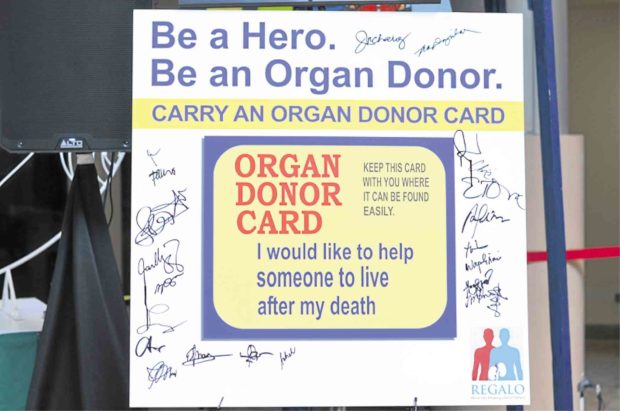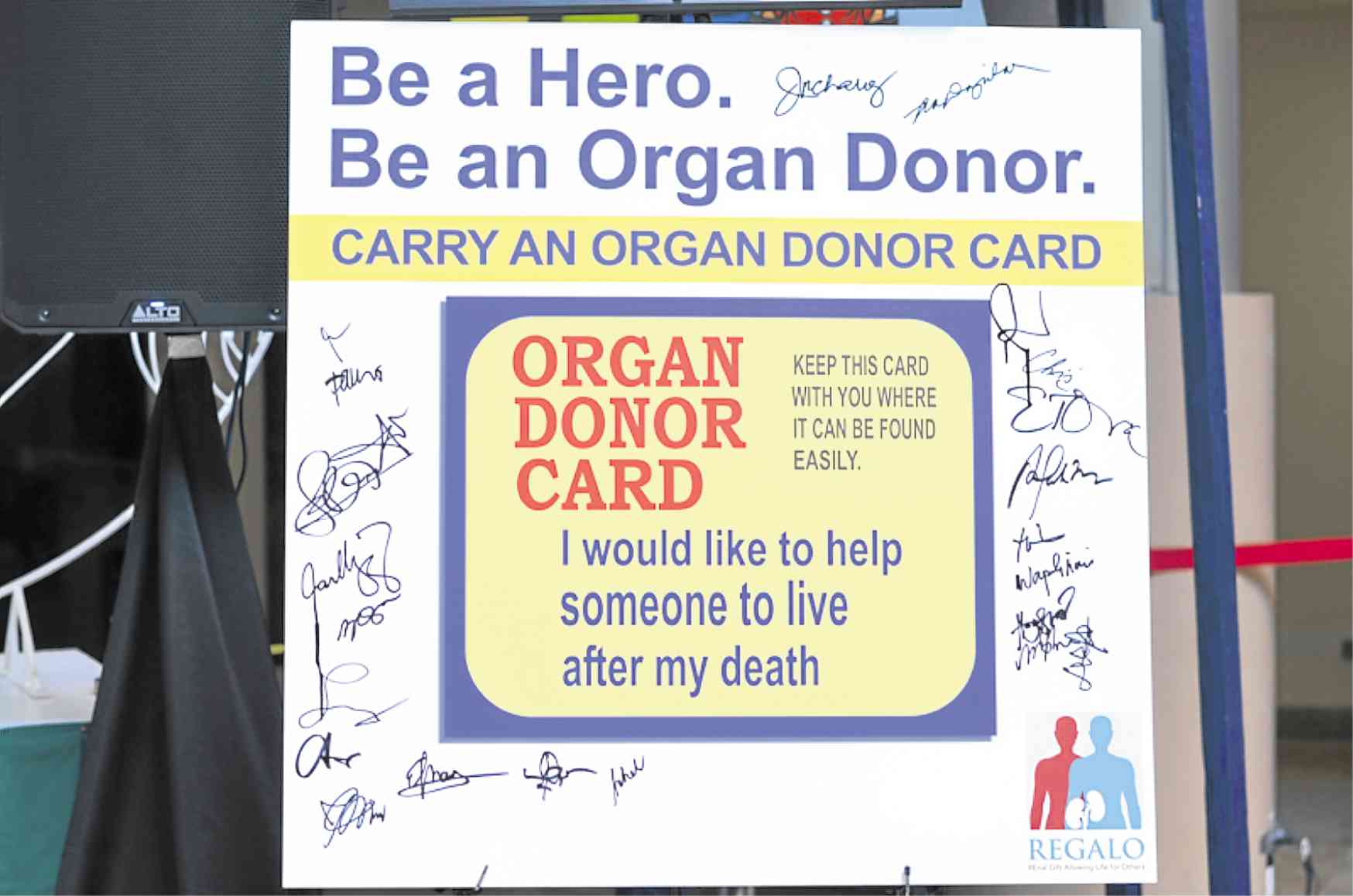
You don’t need superpowers to become a hero.
As a child, Rogelio Valdezco III had always wondered if it were possible to remove the heart and gain superpowers—just like his hero, Tony Stark a.k.a. Iron Man. Valdezco’s father, Roger, would quickly point out that no such thing happens in real life.
But his fascination persisted, such that even as a college student, he continued to pose the same question to his father. By now, his father had a ready answer: it is simply impossible to remove the heart, even for just a little while, and turn into a superhero.
One day, Rogelio proved him wrong. He passed away from a lingering illness at 18 years old, leaving behind a grieving family whose lives were suddenly displaced by his passing. Then it hit Roger. His son had always dreamed of becoming a superhero, so why not donate his heart and save a life?
“Tama ang anak ko. Pwede pala ibigay ang puso para magkaroon ng powers sa ibang lugar, sa isang tao,” Roger said.
The Valdezcos decided to donate his eyes, kidneys, heart and any organs that could be used for transplantation. At the end of the day, Rogelio was able to help save 20 people.
Unfortunately, in the Philippines, not every parent thinks like the Valdezcos. On many occasions, hospitals have to cancel plans of harvesting organs, as parents and families insist on receiving their deceased “intact” or “complete.” Apparently, it doesn’t matter if the deceased has a donor card, or has agreed to have his/her organs harvested. Hospital policy will always concede to the wishes of the living—in this case, the family.
“That’s why it’s so important to us that if you’re planning to donate your organs, you inform your family first. Make them understand why you’re doing it,” said Dr. Romina Danguilan, deputy director for medical education and research organizing committee head of Regalo Organ Donation.
Steady decline
As a result, deceased organ donation has been on a steady decline, from 90 in 2011 to three in 2018 (January to June). In fact, one Filipino dies every hour due to kidney failure.
There are more than 32,000 people around the country undergoing dialysis. Even as the number of patients with end-stage renal disease (ESRD) has increased over the past few years, the number of transplants from deceased organ donors remains low.
“Anyone can donate, living or deceased. All religions allow it,” Danguilan said.

One deceased organ donor yields two kidneys that could benefit two transplant patients. Kidneys and livers are transplanted in the Philippines from donors with beating hearts who have been declared brain dead. The only organs harvested after death for transplantation are the eyes.
“Non-heart-beating transplantation is performed in other countries, but we don’t do the operation here for now,” she said.
Regalo Organ Donation, founded in 2016, aims to raise awareness on organ donation, and encourages Filipinos to give of themselves through organ donation. It is a joint undertaking of the Maria Corazon Torres y Javier Foundation, Kidney Foundation of the Philippines, Kidney Transplant Association of the Philippines, Transplantation Society of the Philippines, NKTI and Novartis Healthcare Phils.
The kidney filters waste and excess fluids from the blood and secretes them in the urine. Kidney diseases or chronic kidney failure mean the gradual loss of kidney function. Dangerous levels of fluid, electrolytes and waste will build up in the body during chronic kidney disease.
To maintain healthy kidneys, Danguilan advises people to drink a lot of water each day and refrain from consuming salty food.
“Check your blood pressure and check if you have diabetes. Those are the leading causes of kidney failure,” Danguilan said. The number of Filipinos with kidney failure or ESRD is increasing primarily due to hypertension and Type 2 diabetes, she said.
A urinalysis showing more cells than normal is a red flag. More often than not, this can be misinterpreted as UTI. But if, after a round of antibiotics, the patient’s urinalysis continue to show the presence of cells, particularly red cells, Danguilan said, then it’s time to see a nephrologist.













































